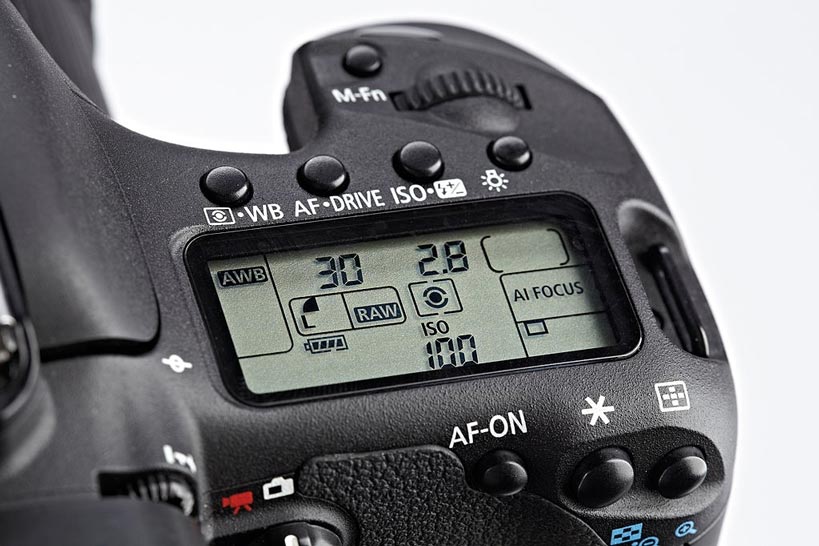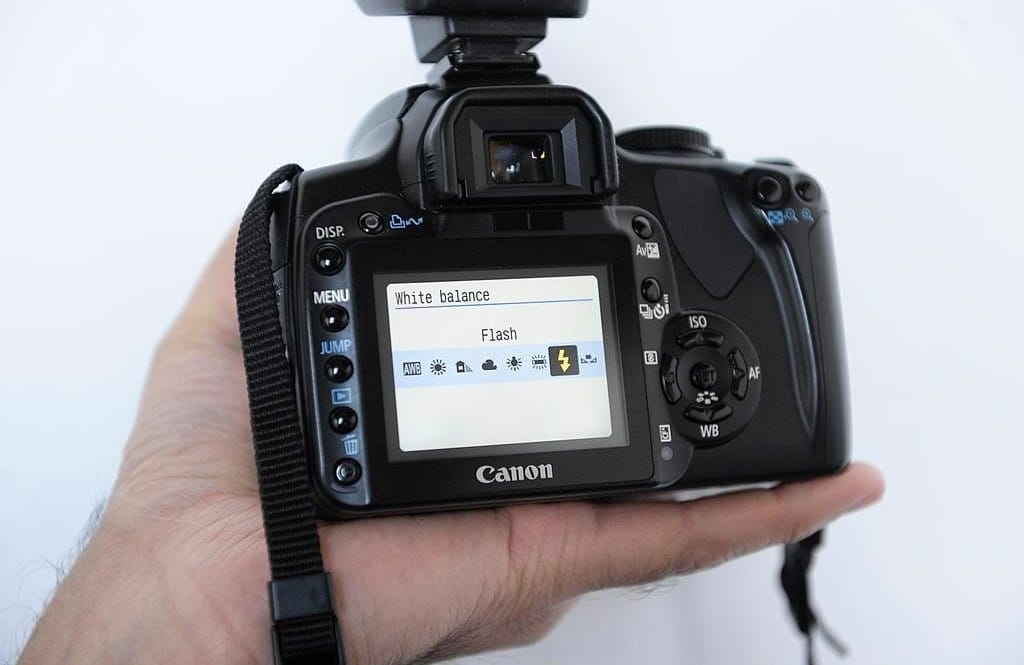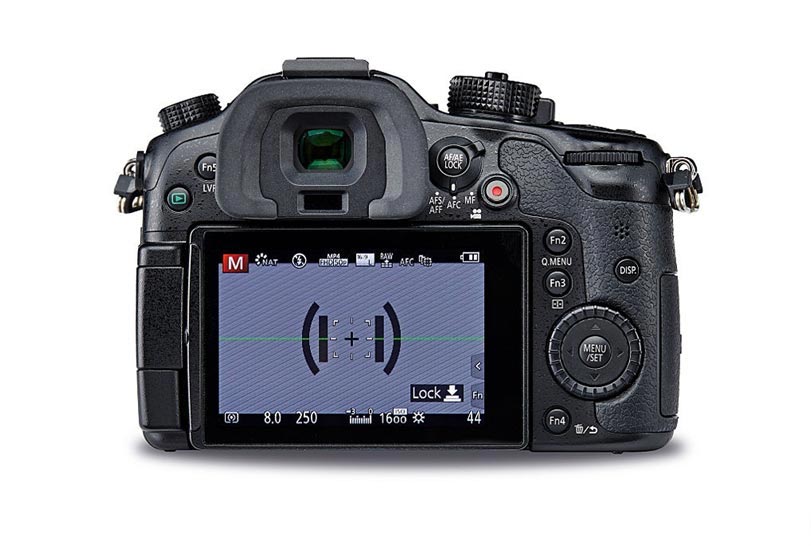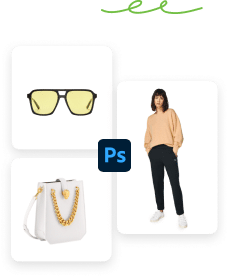The best camera settings for product photography include a low ISO (100-200) to minimize noise, a narrow aperture between f/8 and f/11, and a shutter speed of 1/125s or faster. All these manual camera settings ensure sharp, detailed product images with a good depth of field. As a product photographer, your photography goal is to showcase the product’s details and features, maintaining a natural and consistent look that encourages your audience to make a purchase.
To achieve the perfect product shot, the 7 Best Camera settings for product photography include lighting for Product Photography, using manual Mode, shooting in RAW Format, setting your exposure Triangles Correctly, adjusting white Balance, utilizing an Automatic Focus Function, and zooming in. Below, we’ve highlighted each camera setting’s benefits and why you need them for your product photography:
1. Lighting for Product Photography: For product photography, lighting is vital to illuminate the product evenly, minimize shadows, and enhance the product’s true colors. Some key lighting techniques include natural light, continuous lights (such as LEDs), and flash units with modifiers like softboxes or umbrellas. Additionally, you can utilize three-point lighting (comprising a key light, a fill light, and a backlight) for greater control.
2. Use Manual Mode: Manual mode gives you full control over shutter speed, aperture, and ISO, allowing you to fine-tune your settings for optimal image quality and consistency.
3. Shoot in RAW Format: RAW files preserve all image data without compression, ensuring better image quality and offering flexibility in post-production.
4. Utilize Exposure Triangles: The exposure triangle in product photography refers to the balance between aperture, shutter speed, and ISO, which affect the brightness and overall image outlook.
5. Adjust White Balance: Correct white balance ensures products’ accurate color representation and prevents unwanted color casts, making products look natural as in real life.
6. Automatic Focus Function: The automatic focus (autofocus or AF) function automatically adjusts the lens to ensure sharp and clear images, especially when working with detailed or small products. This function utilizes sensors and algorithms to detect contrast and distance, then adjusts the lens to optimize focus.
7. Zoom In: Zooming in refers to using a camera’s lens to magnify a product, making it appear closer and larger in the final image. It also helps to focus on key product features, reducing lens distortion and providing more accurate representations.
What you’ll learn in this article
1. Lighting for Product Photography
You might be wondering why we are even explaining about lighting here- it is the opposite here. Lighting is an inevitable part of accomplishing a camera performance, which brings me to the point where I cannot help but explain. When your shooting product involves commercial purposes, the more light you get, the easier for you to shoot, but be sure of harsh or excessive lighting as well. Many products are shot outdoors. I am going to skip that part and assume you are going to shoot indoors. You may use either natural, artificial, or both lights.
Let’s take a look at what type of lights you can use for your product photography setup.
- Use natural light
Having a studio with a window is like a trump card because it allows me to make the most of natural light as much as I want and however I want. There are some products, like jewelry, that radiate dazzling beauty under the sunlight!
Then again, make sure you are not shooting under harsh light at mid-noon! Do so when the sun’s rays are pleasant and glowing, like in the morning or the afternoon.
- Have a studio Light
We generally use Tungsten, Fluorescent, or LED lights for studio photography. You can use any of them, but make sure the light complies well with the environment, especially when it is for e-commerce sites or marketing platforms.
- Get a softbox light or ring light
For continuous lighting, you can use a softbox light. This is widely popular among studio photographers for providing a natural look to the subject by providing soft rays.
There is another type of light known as ring light which is a good option for product photography. This light provides even lighting and does not cast any shadow. Thus you can easily point up the details.
- Do not use flash
Refrain yourself from using a camera’s flashlight; this is not a good option for product photography at all. You may have trouble with exposure if you use a flashlight. Moreover, flash does not shed even rays. If you must, better use an off-camera flash. And if you can avoid using Flash, that would be the best.
2. Use Manual Mode
I have experimented with almost all the settings for a commercial photo shoot and found something interesting. Guess what?
The manual mode of the camera works best for product photography. So, I would like you to recommend using this mode during camera adjustment while shooting.
While shooting for product photography, make sure your camera settings are in manual mode. It will allow you to take control in capturing the best shot you want. By using this mode, you will be able to set and adjust the aperture, ISO, and shutter speed according to your needs.
We all know how crucial these 3 settings are. Having complete control over these is overwhelming, and it will help you experiment and find the shots and angles best suitable.
3. Shoot in RAW Format
While shooting product photos, make sure your images are being captured in raw format. By using a raw format, your files will remain of the highest quality, large, and uncompressed. The raw format allows you to store as much data as possible without damage.
Another perk of using raw image format is to edit. When you need any type of post-production services like clipping path, background removal, retouching, or any other work in your image, the output gets better on working raw images as users get more flexibility later.
Most cameras do have this function to set, but if your camera doesn’t have this option; no need to freak out. Use the largest image size and format your camera has.
4. Set Your Exposure Triangles Right

The importance of exact exposure is beyond description. Therefore, pay attention to your ISO, Aperture, and Shutter Speed. These are known as exposure triangles, which act to adjust for getting accurate exposure.
What ISO Should You Use for Product Photography?
You should use ISO settings of around 400 for product photography. ISO measures the camera’s sensitivity to light. Low ISO means less sensitivity to light. On the other hand, the high ISO means higher sensitivity to light. Camera ISO settings coincide with the amount of light the studio is getting. If you are working in natural light, ISO settings of around 400 will work fine. Though you may need to add up ISO numbers if your studio doesn’t have much light, instead of increasing the ISO, increase the amount of light.

I recommend that you start working with ISO as low as possible and then raise the numbers gradually. This will get you smooth images of your product. Refrain from using higher ISO, as we already know that this will create noise in the image.
What Aperture Should You Use for Product Photography?
You should use aperture from a small aperture, like f/11, and then adjust the aperture higher to find the exact aperture that works perfectly to capture your product in full focus. While shooting, your product and focus should be given priority. A large aperture may not entirely focus on the product and blur the surroundings, including the product. If you have a chaotic or messy background, a large aperture can be a timely solution. A large aperture will blur the background and sharpen the foreground in focus. Conversely, a small aperture will keep both background and foreground in focus.
The task of aperture handles is to control the amount of light passing through the lens. The depth of the field largely correlates with an aperture as the center of the focus relies on the aperture. The opening of the aperture is measured in f-stops. A smaller f-stop number means a larger aperture. Similarly, a higher f-stop number means a small aperture.
What is the Best Shutter Speed for Product Photography?
The best shutter speed for product photography is 1/125th of a second to 1/250th of a second. But to shoot with a model, you need a fast shutter speed. If we exemplify this by talking about clothing photoshoots, jewelry photography, or shoe photography. If you have a model to wear those products for shooting, you will need to adjust your shutter speed fast for them due to their constant movement. Then set the shutter speed to 1/300 or more.

For product photography, normally, you don’t need to have a faster shutter speed. As there is no risk of the product moving, so you don’t have to worry. While you keep your product lying flat on any background (white for most cases) or hanging, a low shutter speed like 1/12 will do the job just fine.
5. Adjust White Balance

White balance is the setting that proportions the color temperature of an image. How you would adjust your white balance depends on the amount of light your studio is getting. Many photographers tend to use ‘automatic white balance’ and let the camera adjust the white balance, deciding on the surroundings by itself. In most cases, the ‘automatic’ setting does the job well with color temperature.
A couple of times in my life, I have faced some situations with this part, though. Once, I had an outdoor photoshoot of some products. There, I set ‘automatic’ settings for white balance. When I checked the shot after clicking, it shocked me! Some colors emerged out of nowhere in the image, and the color correction went wrong. After that, I preferred the manual setting as a lesson learned! While taking photos, photographers bottle up many expectations. So, make sure your settings are not troubling you too much. You can set your white balance automatically, manually, or do nothing about it.
Later, you can have those images edited for white balance. Many post-processing software programs are available now, which will let you do this job by ensuring accurate color correction. The precondition is that your image should be in raw format.
6. Have an Automatic Focus Function

Setting manual focus is a painstaking task; sometimes, you may work your eyes out to focus accurately, but end up not. Why would you burden yourself so much when there is an automatic full-focus function available? This function works amazingly. Though many photographers suggest manual camera settings to have precise images come out, some settings still work better automatically. Focus is one of those.
This system is intelligent enough to align the camera lens toward focusing on the subject. It will concentrate solely on the product, resulting in sharp images, so you don’t have to concern yourself with any shaking or blur.
7. Zoom In
I have used cameras with digital zoom, optical zoom, and hybrid zoom. The Optical zoom works better. Other zoom options have their specific purpose of serving, I won’t deny, but I would suggest you use optical zoom for product photography. Position yourself to keep an appropriate distance from the product and then zoom in to take close shots. Capture as many shots as you can from the front, back, and side shots, the description parts, as well as any particular part you want to show. For example, you may want to show the diamond, ruby, or stone part closely if you are shooting jewelry.
Which Cameras are the Best for Product Photography?
The best cameras for product photography are –
- Panasonic Lumix FZ80 4K Digital Camera
- Nikon D750 FX-Format Digital SLR Camera
- Canon EOS Rebel T6 Digital SLR Camera
- Sony Alpha a6000 Mirrorless Digital Camera
- Fujifilm X100F 24.3 MP APS-C Digital Camera
Camera manufacturers generally give much consideration to making cameras. Even though camera parts, gears, functionalities, and purpose remain the same, the usage may vary from user to user, from product to product. Certain cameras are the best for shooting portrait photos, some for nature photography, and some for wildlife photography. Similarly, there are some cameras best for product photography.

